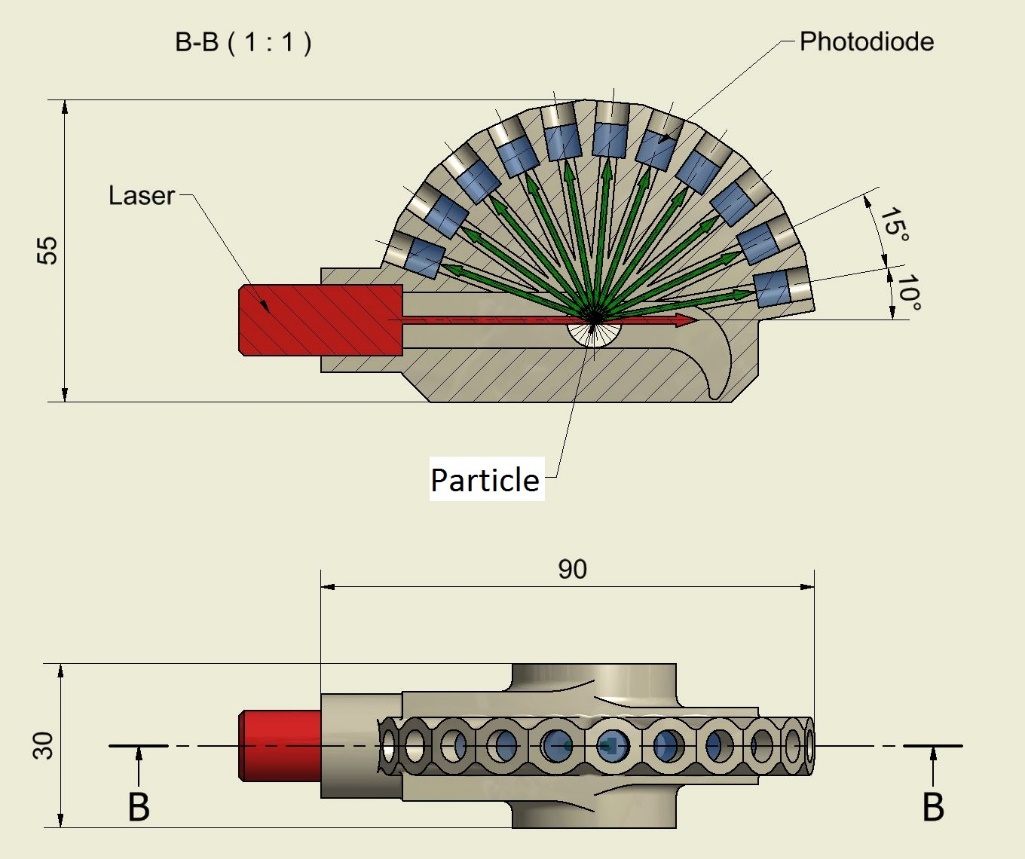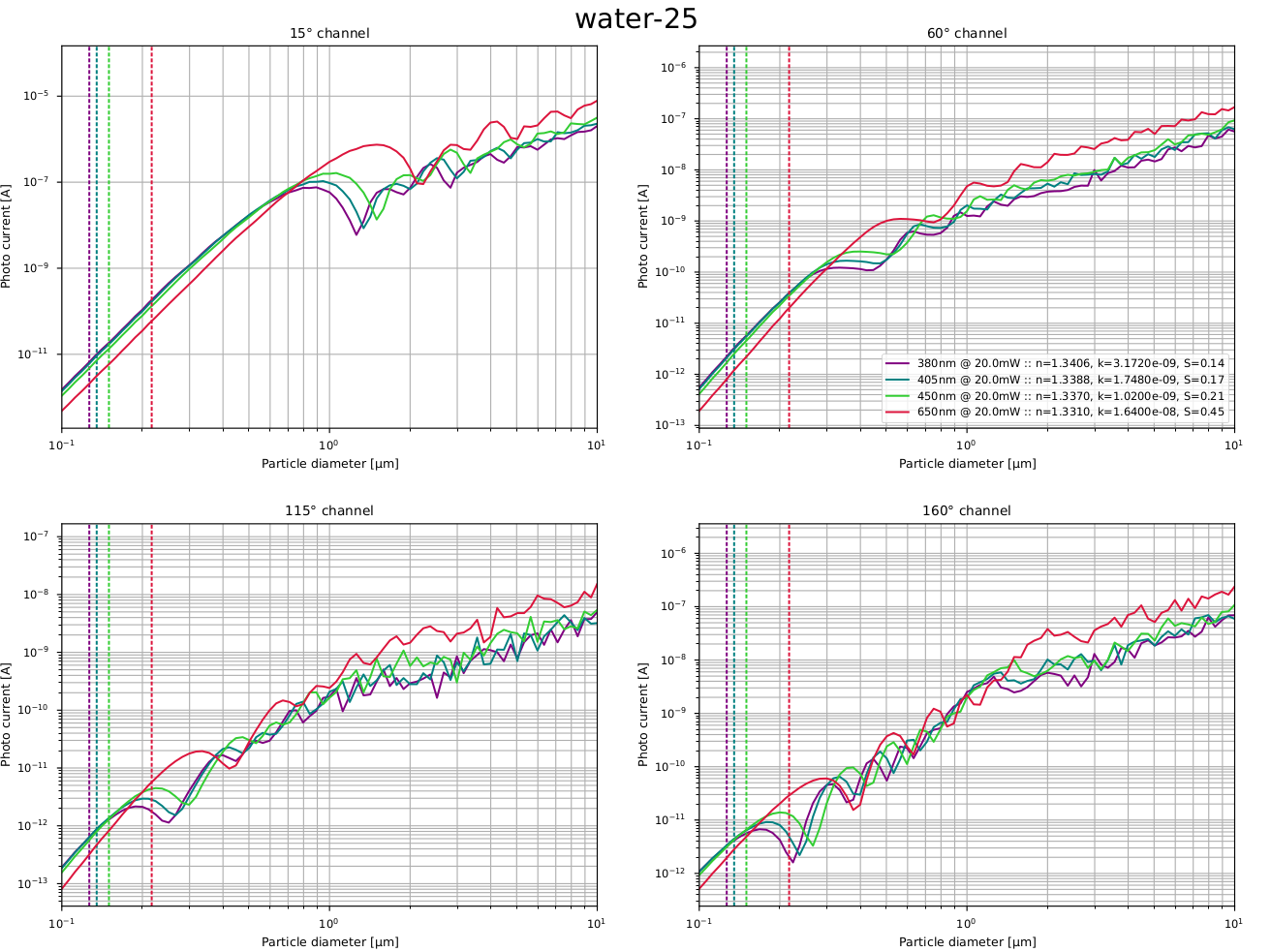- 1LPC2E - CNRS, Orléans, France
- 2Aix Marseille Univ, CNRS, CNES, LAM, Marseille, France
- 3CNES, Toulouse, France
The LONSCAPE - Light Optical NephelometerSizer and Counter for Aerosols in Planetary Envi-ronments (Renard et al., 2020) has been proposed asa concept combining a particle counter with a neph-elometer at several phase angles to characterize thescattering function and obtain precise aerosol prop-erties (see Figure 1).
LONSCAPE is currently considered as part ofthe science payload of a balloon designed to flyin the Venusian atmosphere (Baines et al., 2021).LONSCAPE has also been proposed to be partof the science payload of several Saturn descentprobe concepts submitted to the ESA M4 and M5calls (Mousis et al., 2016). This instrument is alsoconsidered as part of the science payload of an ESAconcept of ice giant probe to be carried by a NASAspacecraft (Mousis et al., 2018).
There are currently two major improvementsunder investigation that could be included to theinstrument’s design.
The first major improvement is the reduction ofthe wavelength at which the instrument operates(650→405nm). Such a change would allow thedetection of particles as small as∼0.1μm.Detectors tend to be less efficient towards theUV, but the light scattered by diffusion is directlyproportional to the ratiod/λ, withdthe particlediameter. This leads to more flux recovered towardsthe blue than in the red, even accounting fordetector efficiency (see Figure 2).
The second improvements concerns the shape ofthe beam. Making use of a thin nappe rather thana dot will increase the counting accuracy by (i) in-creasing the chance a particle will hit the beam, and(ii) reducing the time it takes to cross it.Both of these points play in favor of counting thesmaller, more numerous, particles. This modificationis quite favorable to be included to LONSCAPE, as itcould significantly enhance its detection capabilitiesfor minimal hardware changes.


How to cite: Vivien, H., Renard, J.-B., Olivier, M., and Nicolas, V.: LONSCAPE: Light Optical Nephelometer Sizer and Counter for Aerosols in Planetary Environments, Europlanet Science Congress 2021, online, 13–24 Sep 2021, EPSC2021-242, https://doi.org/10.5194/epsc2021-242, 2021.

